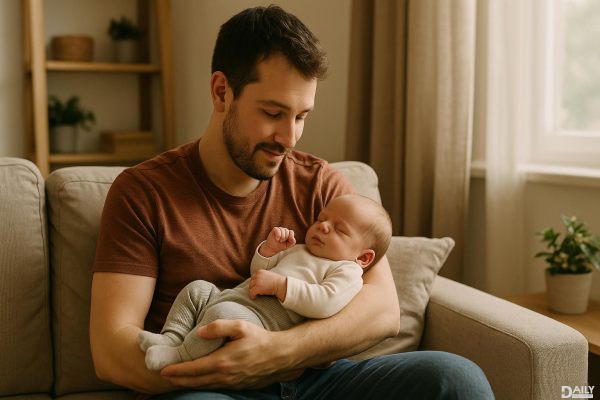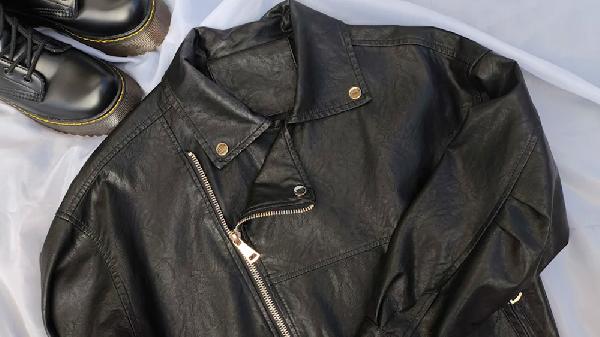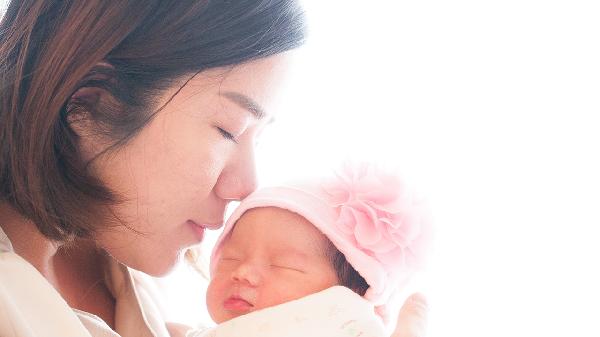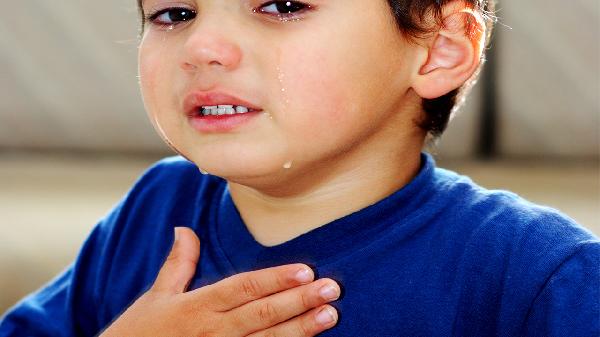Any sterilizing container can be used as long as it has enough space to hold all the bottles needed for the baby's 24-hour formula preparation (usually, 6 to 8 bottles are required in the first few weeks). If the baby likes drinking water, two 4-ounce bottles for water should also be placed in the container. A jar with a large opening at the top can be included to store nipples, caps, and screw rings. If there’s no space for the screw rings in the jar, don’t worry. They can be placed anywhere in the sterilizing container.
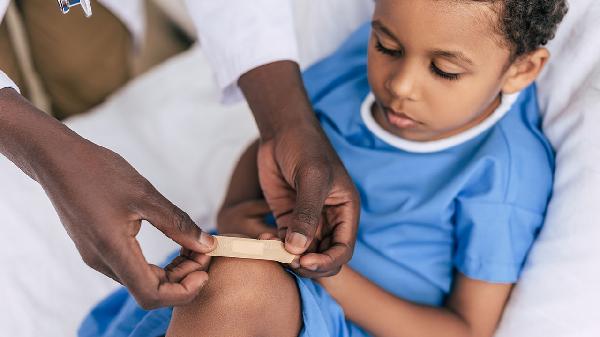
A more practical approach is to place the formula bottles and the jar for nipples upright on a metal rack that can easily be lifted out of a pot of water.
You can purchase a pot large enough to hold a bottle rack, or a sterilizer with a stovetop lid (which is essentially the same as a pot), or even an electric sterilizer that automatically turns off. Sterilizers usually come with a rack, bottles, caps, measuring tools, and tongs.
Place the bottles upside down on the rack. This allows steam to enter the bottles more easily and water to drain out. The same applies to the placement of the jar for nipples and other utensils.
Fill the bottom of the pot or sterilizer with a few inches of hot water, then cover it and boil continuously for 5 minutes. Let it cool.
A pair of sterilized tongs, along with other utensils, can help you lift the bottles from the rack while they are still hot, and also assist in inserting the nipples upside down into the bottles after they are filled with formula, ensuring that you don’t touch the part of the nipple that may come into contact with the formula. If you don’t use tongs, hold the nipple by the edge, not the top, as the top will be submerged in the formula and later placed in the baby’s mouth.
If you want to place the nipples, screw rings, and caps in a sterile area while filling the bottles with formula, put them on the upside-down lid of the pot or sterilizer.
Now the bottles are ready to be filled with formula.

